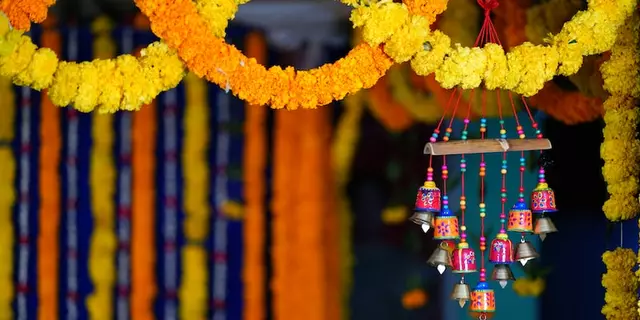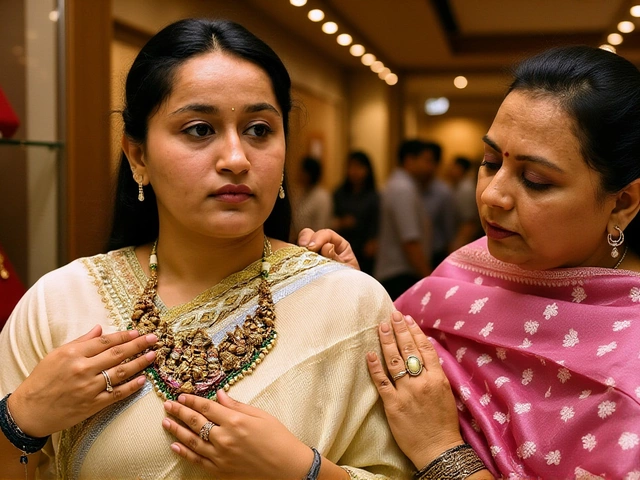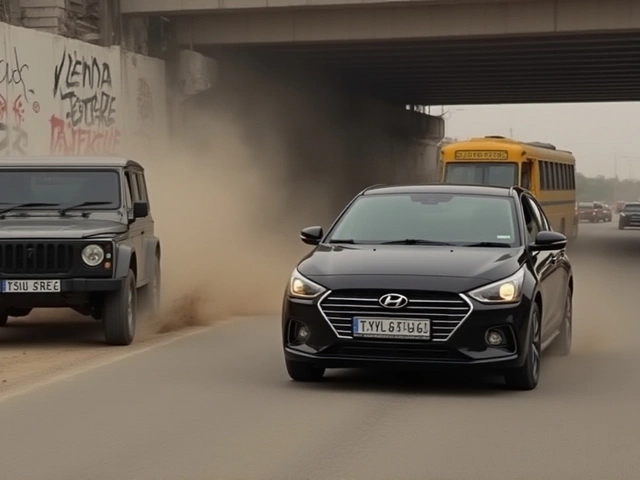History & Culture: Dive into Spanish Missions and British India
Welcome to the History & Culture hub. If you’re prepping for a PSC exam or just love tasty historical bites, you’re in the right spot. Here we break down two fascinating topics – Spanish missions in California and daily life under British rule in India. Quick, clear, and useful.
Why the Spanish Built Missions in California
The Spanish showed up in 18th‑century California with a two‑part plan. First, they wanted to spread Christianity to the native peoples. A mission was the church’s base, a school, and a farm rolled into one. Second, the missions acted like a fence against rival powers like Russia and Britain that were eyeing the coast.
Each mission sat on a parcel of land and gathered local tribes. The missionaries taught reading, farming, and European customs. In return, the natives provided labor for crops, livestock, and building projects. This mix of religion and land‑grab gave Spain a foothold that lasted for decades.
What does that mean for you? If a test asks why missions existed, mention both the spiritual goal and the strategic claim on territory. Remember the phrase “faith and frontier” – it sums it up in a flash.
Everyday Life in British India
British India was a land of sharp contrasts. In cities like Bombay and Calcutta, railways, telegraphs, and new schools sprang up. Jobs in the railways or civil service offered steady pay and a taste of modern life. Yet, the same rail lines often moved raw materials out of India, not in.
Rural India told a different story. Most villages depended on agriculture, and many faced famines caused by heavy taxes and poor harvests. While the British built canals and introduced cash crops, the benefits rarely reached the poorest farmers.
Culture mixed, too. English became the language of administration, and Indian elites learned Western ideas. At the same time, Indian art, music, and literature flourished, sometimes borrowing from British styles, sometimes pushing back.
For exam prep, focus on three points: infrastructure (railways, telegraph), economic impact (resource extraction vs. local benefits), and cultural exchange (education, language, nationalism). Those bullets hit most question stems.
Both topics show how colonizers used religion or technology to control land and people. Understanding the motives and outcomes helps you answer any PSC history question with confidence.
Ready to study more? Keep exploring the History & Culture section for deeper dives, practice questions, and quick fact sheets. You’ll find everything you need to turn confusing dates and names into clear, exam‑ready knowledge.

Wedding Called Off in Bihar After Groom's Hand Shakes During Sindoor Ritual
- Date: 23 Nov 2025
- Categories:
- Author: Aarav Khatri
A wedding in Kaimur district, Bihar, ended abruptly when the groom's hand shook during the sindoor ritual, leading the bride to cancel the marriage. The groom's family spent ₹90,000—now unrecoverable—while cultural beliefs turn physical tremors into omens.
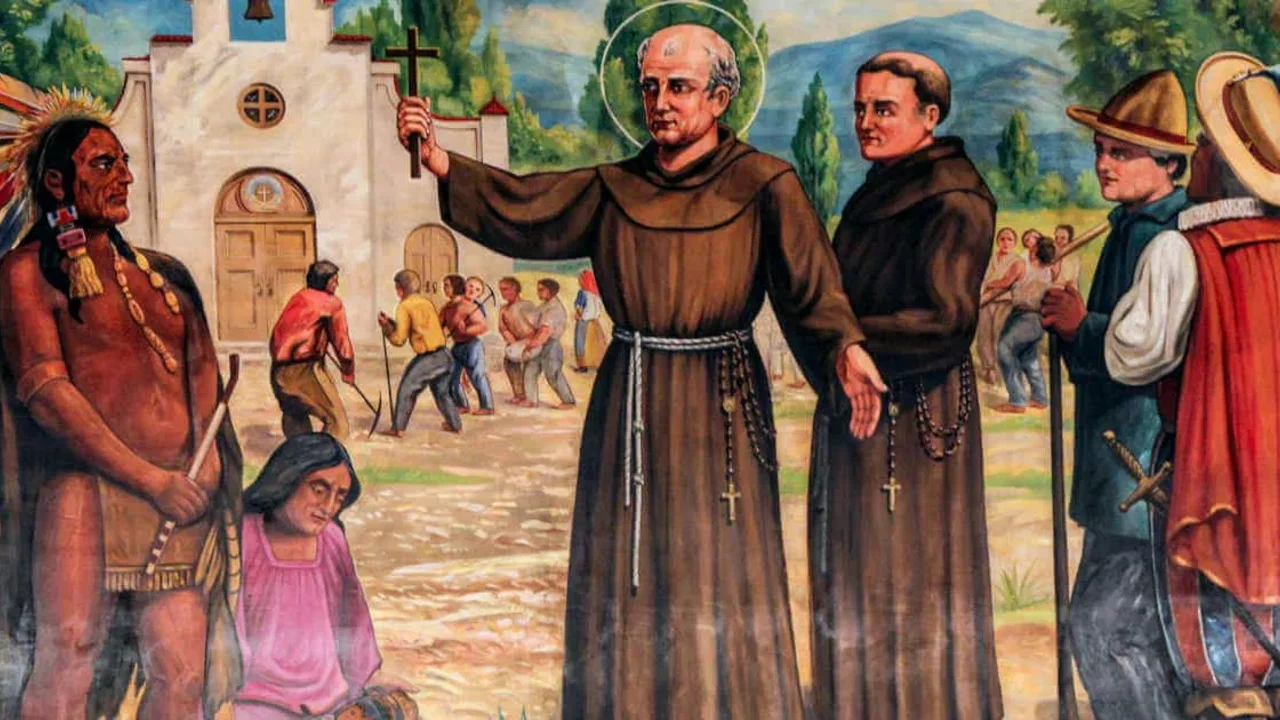
Why did the Spanish build missions in California?
- Date: 30 Jul 2023
- Categories:
- Author: Aarav Khatri
So, my pals, let's dive into some historical stuff that's as juicy as a ripe Californian orange! You see, the Spanish, those fine folks from across the Atlantic, had their eyes set on California in the 18th century. Why, you ask? Well, it wasn't for the surf and the sunshine, I'll tell you that! They built missions there as part of their grand plan to spread Christianity to the natives, and also to secure the territory against those pesky Russians and British who had their sights set on the place too. So, in a nutshell, it was a grand ol' mix of divine duty and land-grabbing strategy. Fascinating, right?
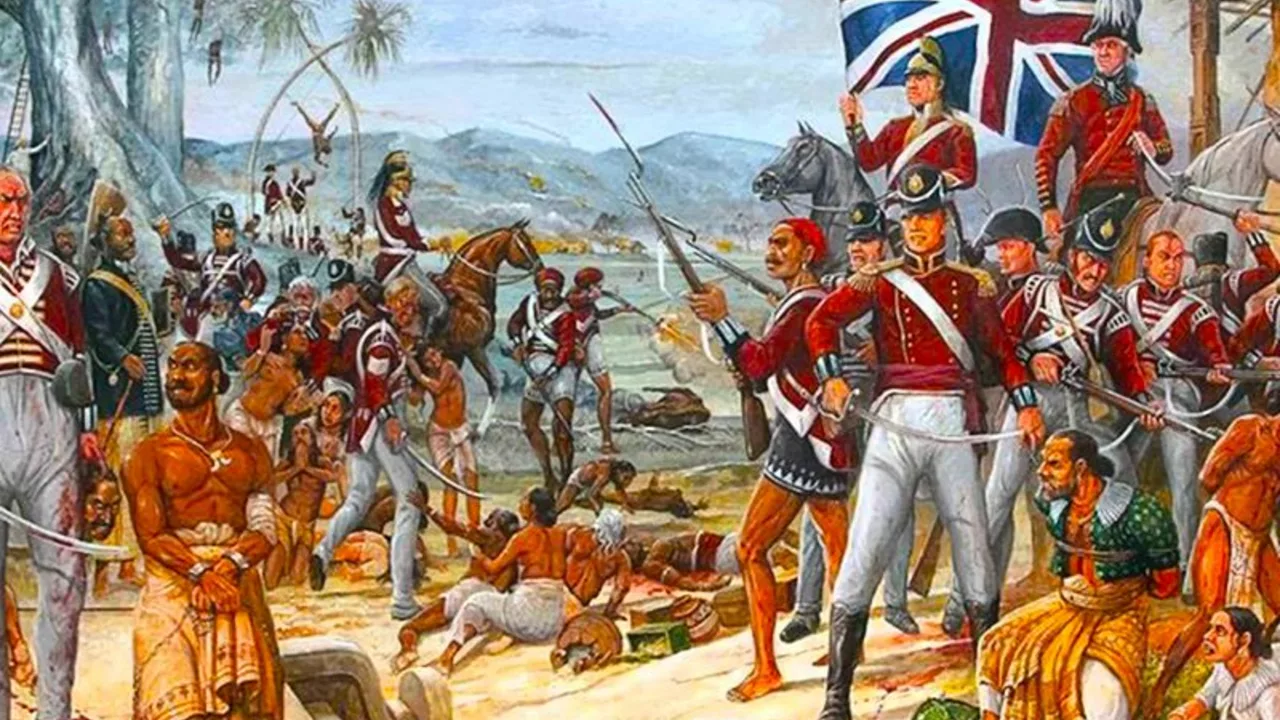
What was life like in British India?
- Date: 22 Jul 2023
- Categories:
- Author: Aarav Khatri
Life in British India was a period marked by stark contrasts, with the British Raj ruling over the Indian subcontinent. As I've discovered, while urban areas and industries witnessed development and westernization, the rural population often suffered from famine and poverty. The British introduced English education, railways, telegraph and modern administration, yet they heavily exploited India's resources and people for their own benefit. Moreover, the cultural exchange between Britain and India resulted in a unique fusion, but also led to a rise in nationalism and the quest for independence. All in all, the experience was a mixed bag, creating a complex historical legacy that continues to shape India's identity today.
